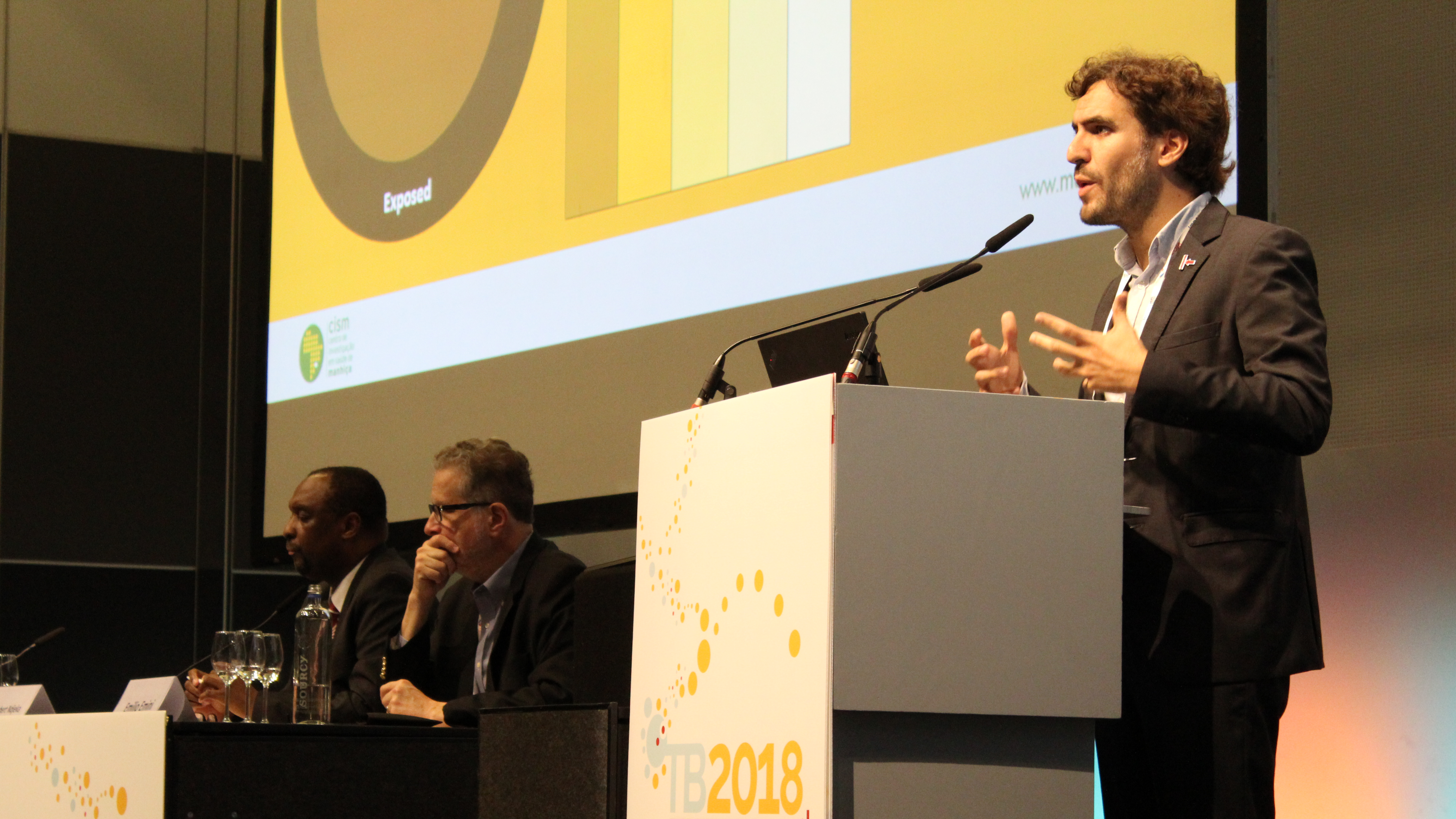
30 Jul Researchers, advocates and politicians address world’s deadliest infectious disease
Delegates at the recent TB2018 conference came from around the world to work towards a common goal: make tuberculosis (TB) history.
More than 400 researchers, public health specialists, advocates, physicians and politicians attended TB2018 on Sunday, July 22 at the RAI Convention Centre. The event was hosted as an official pre-conference to AIDS2018 and was co-chaired by Frank Cobelens, executive board chair at the Amsterdam Institute for Global Health and Development.
TB is the ninth leading cause of death worldwide and the leading cause from a single infectious agent, ranking above HIV and AIDS, according to the World Health Organization. It is also the leading cause of death among people living with HIV, estimated to account for nearly 40% of all deaths among people living with HIV.
Under the theme Bridging the TB and HIV Communities, the event provided a platform to highlight the key scientific challenges related to TB and TB/HIV research on prevention, diagnosis and treatment.
“The conference provided an important opportunity to both create awareness within the HIV community about the importance of TB and ways to address it as well as offer insight into the HIV community’s successful advocacy and how we can apply it to our own work in TB,” said Frank.
“I believe TB2018 realized its goal of bridging the two communities and I look forward to closer collaboration and understanding as we continue to work to end both diseases.”
Among the presenters was Alberto Garcia-Basteiro, a PhD Fellow at AIGHD, who spoke to his research, titled “Mortality and the cascade of TB care in people living with HIV”. The discussion highlighted the disparities between the WHO and Institute of Health Metrics data when it comes to TB mortality. He also noted that most people who die from TB have not yet been properly tested for TB.
“It’s not acceptable that a disease that can be prevented, diagnosed and treated still causes such an enormous mortality burden,” said Alberto. “We have to think about innovative ways to get to those people who may not seek out health care on their own or who may not have access to testing.”
He added there’s a need for more integrated TB-HIV services in health care facilities in low- and middle-income countries and active case finding strategies need to be scaled up at both the health care facility level and within the community.
“The highest impact in the cascade of care will be achieved if we get testing closer to patients and increase access to those tests for people living with HIV and TB.”
The discussions, research and presentations at TB2018 also served to set the stage for the UN General Assembly high-level meeting on TB taking place this fall.
“Through this landmark meeting, there’s a tremendous opportunity to create a historic, worldwide political commitment and build significant momentum towards important advancements that will ultimately end TB,” said Frank.
